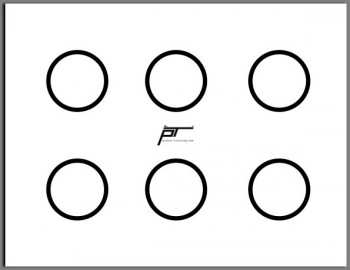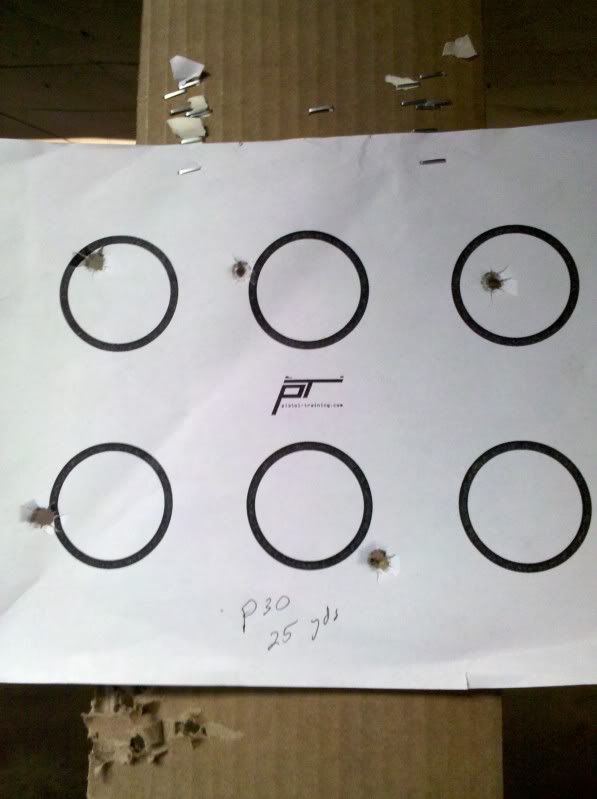I have a question about watching the front sight. It may be a novice type topic but I have searched on google and elsewhere to find some more in depth explanation as to why we want to watch the front sight. Most of the info I see says just to focus on the front sight and does not explain anything else. What I am wondering is when a target is further away or smaller and my focus goes on the front sight, it is sometimes hard to see the target or area that I am trying to impact. If it is closer or a bigger target then I can see the silhouette and place the shot were it needs to go. Also it is easier on the smaller targets to sometimes focus on the target and see the outline of the sights and place them on the target. It seems like I can get a more precise hold.
Any tips, advice, and info?
Thanks



 Reply With Quote
Reply With Quote







